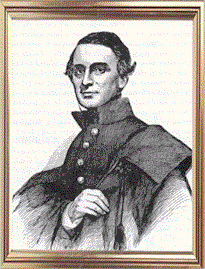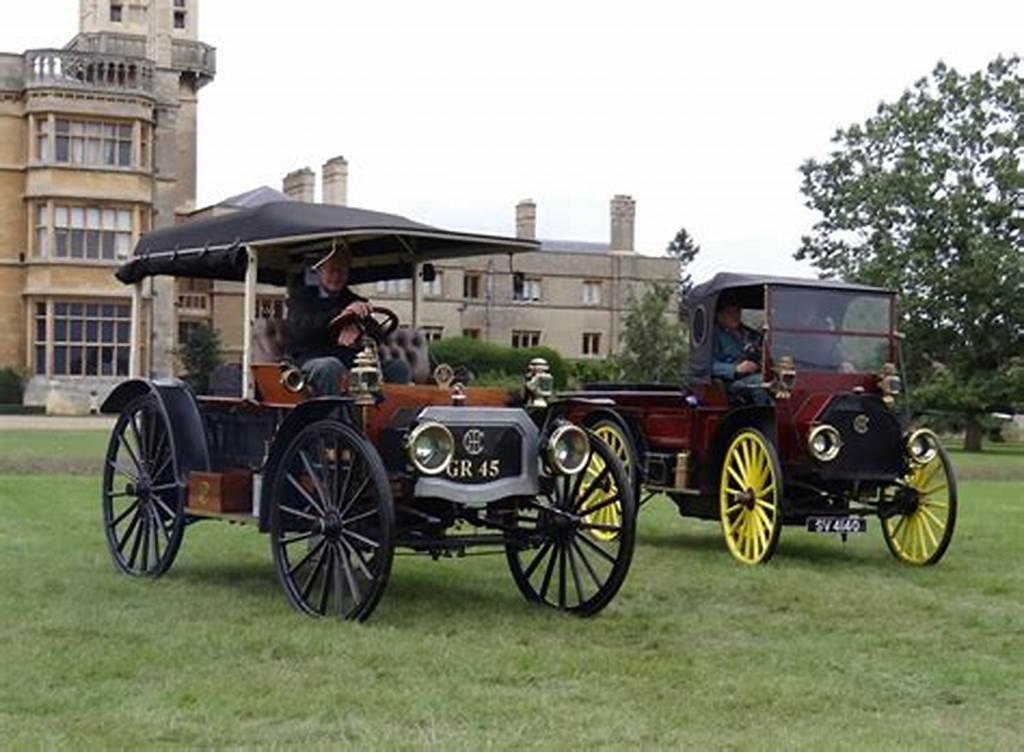The history of electric cars dates back to the 19th century, with early prototypes emerging in the 1830s, credited to inventors like Robert Anderson and Thomas Davenport. By the late 1800s, electric vehicles (EVs) gained popularity, with models like the 1890s Electrobat and vehicles from companies like Baker Electric competing with steam and gasoline cars. Their quiet operation, ease of use, and lack of emissions made them a favorite, especially in urban areas. However, by the 1920s, improved internal combustion engines, cheap gasoline, and mass production (e.g., Ford’s Model T) pushed EVs into obscurity. Interest revived in the 1970s amid oil crises, leading to experimental models like GM’s EV1 in the 1990s. The modern era took off in the 2000s, driven by advances in battery technology, environmental concerns, and pioneers like Tesla, with EVs now a key part of the shift toward sustainable transportation.
- News Feeds
-
Timeline
0
Alternatively, you may also filter post types from the stream by selecting the items below:
-
In the early 1830s, a Scottish inventor named Robert Anderson made history by creating one of the world’s first electric vehicles, a crude electric carriage, sometime between 1832 and 1839. This groundbreaking invention marked a pivotal moment in...In the early 1830s, a Scottish inventor named Robert Anderson made history by creating one of the world’s first electric vehicles, a crude electric carriage, sometime between 1832 and 1839. This groundbreaking invention marked a pivotal moment in the evolution of transportation, introducing the concept of a horseless carriage powered by electricity—a radical departure from the horse-drawn and steam-powered vehicles of the era.More
Anderson’s electric carriage was powered by non-rechargeable primary cells, likely galvanic cells, which generated electric current to drive a rudimentary electric motor. While innovative, the vehicle was far from practical. The batteries, unable to be recharged, limited the carriage’s range and utility, making it more of a technological demonstration than a viable mode of transport. Compared to steam-powered vehicles, which dominated the early 19th century, Anderson’s creation was a novelty, constrained by the era’s limited battery technology.
Despite its limitations, Anderson’s work was revolutionary. By eliminating the need for horses or bulky steam boilers, his carriage showcased the potential of electricity as a propulsion source. It inspired contemporaries like Hungarian Ányos Jedlik, who built a small-scale electric model car in 1828, and Scottish inventor Robert Davidson, whose electric locomotive followed in 1837.
The true potential of electric vehicles emerged decades later with the invention of rechargeable lead-acid batteries by Gaston Planté in 1859 and improvements by Camille Faure in 1881, which made EVs more practical. Anderson’s carriage, though a fleeting experiment, laid critical groundwork for these advancements.
Robert Anderson’s electric carriage, born in Scotland nearly two centuries ago, was a bold vision of a cleaner, quieter future. While it didn’t transform transportation in its time, it sparked ideas that would shape the development of modern electric vehicles, proving that even the simplest innovations can drive progress.
Post is under moderationStream item published successfully. Item will now be visible on your stream. -
Post is under moderationStream item published successfully. Item will now be visible on your stream.
-
Post is under moderationStream item published successfully. Item will now be visible on your stream.

